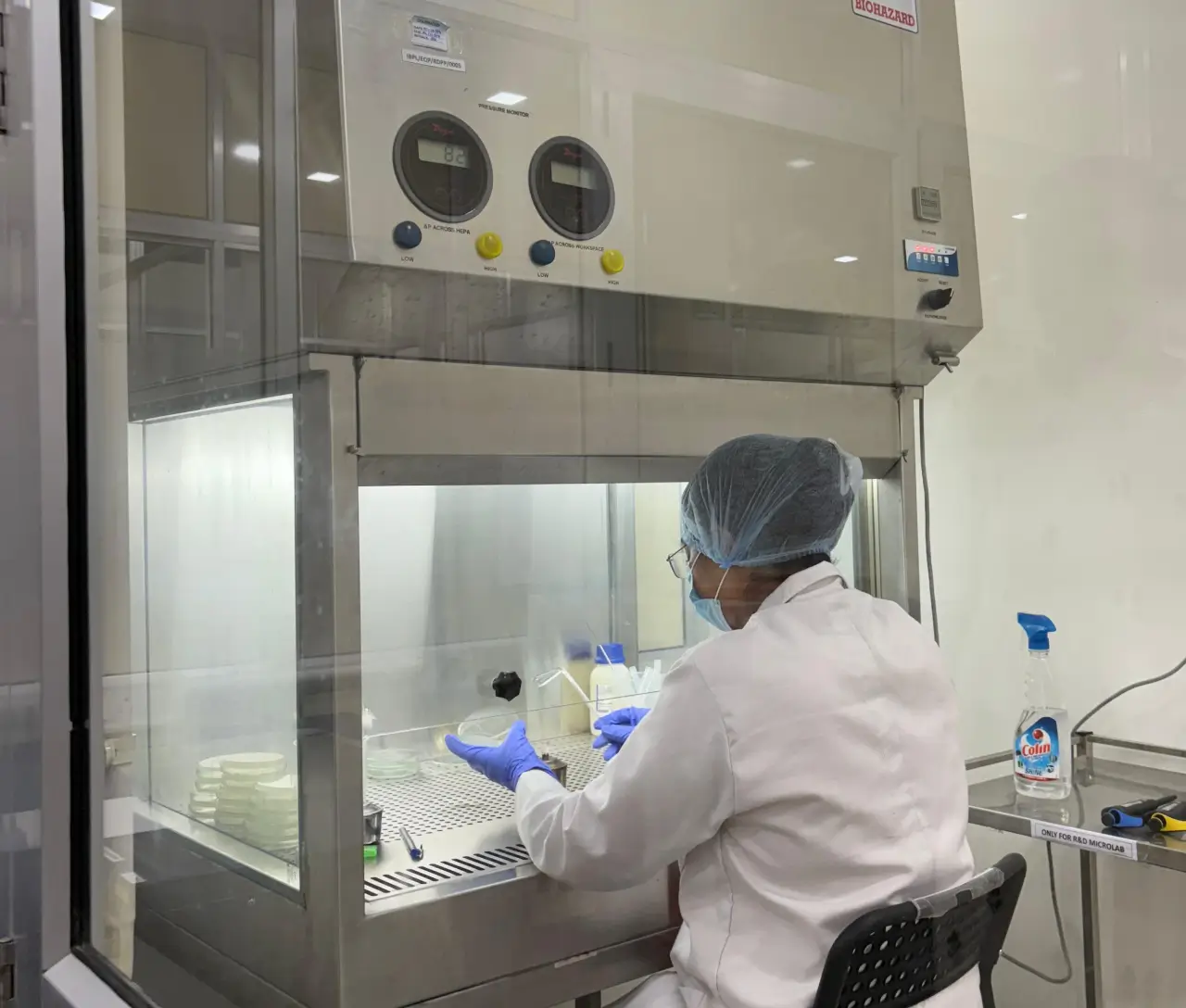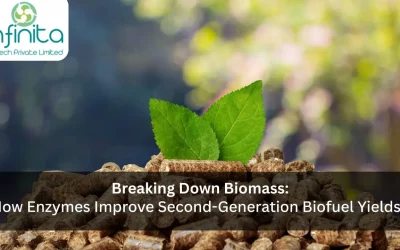Classification And Evolution Of Enzymes
Enzymes or biological catalysts are macromolecules that alter the rates of chemical reactions. Enzymes function by converting substrates (reactant molecules) into different molecules called products. Enzyme catalysis is a reaction that happens in almost all the metabolic processes in the cell. This is because most of the metabolic processes occur at a slow pace that will not be able to sustain life. Enzymes catalyse individual steps in the metabolic pathway. Most enzymes are proteins but some of them are catalytic RNA molecules called ribozymes. Enzymes increase the rate of a reaction by decreasing its activation energy. Enzymes can catalyse more than 5,000 biochemical types of reaction. In the following paragraphs, we will delve deeper into enzymes’ function, their classification and evolution.
The chemical properties of enzymes are similar to other catalysts i.e. they are consumed in chemical reactions and they do not alter the equilibrium of a reaction. The difference between enzymes and other catalysts lies in the specificity of enzymes, i.e. that enzymes are much more specific than other catalysts. There are molecules and factors that can affect the activity of enzymes. Molecules called inhibitor decrease enzyme activity and activators are molecules that increase enzyme activity. Enzymes also have optimal temperatures (usually body temperature) and pH (5-6). This the temperature and pH that the enzyme activity is at its highest and decreases below or above optimal pH/temperature.
Introduction To Enzyme Functions:
For enzymes to accelerate the rate of a reaction, the substrate should bind to the active site of the enzyme and is transformed into the product. When the product leaves the active site, the enzyme’s active site is free for a new substrate and the process repeats. An important function of an enzyme is to lower the energy needed for reactants to react with each other. They do this by bringing the reactants together so that the reactants don’t have to waste energy moving till they collide at random. The enzyme then binds both the substrates together tightly at the active site. The enzymes also position the substrates correctly so that they don’t have to overcome intermolecular forces. The enzyme can also allow the reaction to happen by alternate pathways that have reduced activation energy. The other important functions of enzymes are listed below:
1. Single Transduction:
Single transduction is the process of transmitting a chemical or physical signal through a cell as a series of molecular events leading to a cellular response. Enzymes that participate in signal transduction are protein kinases which catalyse protein phosphorylation.
2. Macromolecules Degradation:
Macromolecules are broken down by enzymes into monomers which can be absorbed by the human body. The process of breaking down of macromolecules like sugar, proteins and fat is called catabolism. Some of the enzymes that are used in catabolism are amylase and protease.
3. Energy Generation:
Enzymes are instrumental in generating energy for living organisms. Adenosinetriphosphate (ATP) is the main storage form of chemical energy. Enzymes help convert energy into proper chemical forms which can then be stored in ATP molecules. These enzymes are called ATP synthases.
4. Ion pumps:
Enzymes that are present in the cell membrane act as ion pumps and move ions across the plasma membrane against the concentration gradient involved in the active transport mechanism. They can convert energy from various sources like ATP and sunlight.
Enzyme Function Classification:
Enzyme nomenclature is derived from the substrates that they catalyse or the reaction itself. Usually, “ase” is added as a suffix. According to the International Union of Biochemistry, enzymes can be indexed with letters and numbers- the letters EC with 4 numbers representing four elements. The first number represents enzymes that are classified according to the mechanism of the enzymatic reaction.
Enzymes can be classified into 7 categories according to the type of reaction they catalyse. These categories are oxidoreductases, transferases, hydrolases, lyases, isomerases, ligases, and translocases. Out of these, oxidoreductases, transferases and hydrolases are the most abundant forms of enzymes.
- Oxidoreductases: These enzymes catalyse redox reactions and can further be categorised into oxidase and reductase.
- Transferases: These set of enzymes catalyse the transfer of certain groups among the substrates.
- Hydrolases: These enzymes accelerate the hydrolysis of substrates.
- Lyases: These enzymes promote the elimination of a group from the substrate to leave a double bond reaction or catalyses the reverse reaction.
- Isomerase: These group of enzymes accelerate the conversion of isoisomers, geometric isomers or optical isomers.
- Ligases: These enzymes catalyse the reaction of the synthesis of two molecular substrates into one molecular compound thereby releasing energy.
- Translocase: These enzymes catalyse the reaction of ions or molecules moving across a membrane or separating within the membranes.
The International Society of Biochemistry have revealed the unified classification principle of enzymes which states that each group of enzymes in the seven categories can be further divided into different subgroups. This categorisation is based on the characteristics of the functional groups or bonds in the substrates. Each subgroup can be further divided into groups to show the properties of os substrates and reactants more accurately. Enzymes can also be divided on the basis of their molecular composition. Enzymes that only contain proteins are called pure enzymes while enzymes that contain proteins and cofactors are called binding enzymes.
Evolution Of Enzyme Function:
To guarantee the survival and reproduction of organisms it is vital that they adapt to the changing conditions of their habitat. The innovation, exchange and denaturation of enzyme function are driven by the adaptation of enzymes to chemical variations in the living environment. This process of adaptation of enzymes is related to its ability to evolve beneficial functions. Experiments in laboratory for reproducing the chemistry of associate early ocean discovered nonenzymatic metal-catalyzed metabolic reactions. This suggests that there is a potential abiotic origin of catalytic function. Enzymes might have evolved from nonenzymatic pr precursors or protoenzymes, which used to operate at higher temperatures but now couldn’t because the temperature of the Earth cooled down and stabilised. The enzymes hence evolved and became better at the control of substrate specificity by preventing the synthesis of undesirable products and enhancing the regulation of metabolism.
Many research studies have found out that genetic mechanisms could be the reason for innovation in enzyme function. Adaptation is accelerated by genetic diversity which relies on the accumulation of point mutations. Even though the majority of the mutations are neutral or deleterious, gain-of-function mutations may create a new activity in an existing enzyme. The evolution of new enzyme activity is regulated by stability-function trade-offs. If this provides a selective advantage to the organism in its ability to perform a key biological process, then the activity will become fixed within a population with beneficial mutations. The model called innovation-amplification-divergence explains the neo- and sub functionalization of enzymes. This model is considered to be iterative so the newly evolved enzyme may develop new functions leading to further adaptive cycles. When enzymes evolve most of them evolve to become enzymes from the same EC class.
In conclusion, enzymes are extremely important molecules in the body because of all the functions that they carry out like macromolecule degradation and energy generation. Without enzymes, the rates of important metabolic reactions would slow down preventing essential, life-preserving reactions from taking place. Enzymes can be classified into 7 categories and have been theorised to evolve from abiotic origins.







